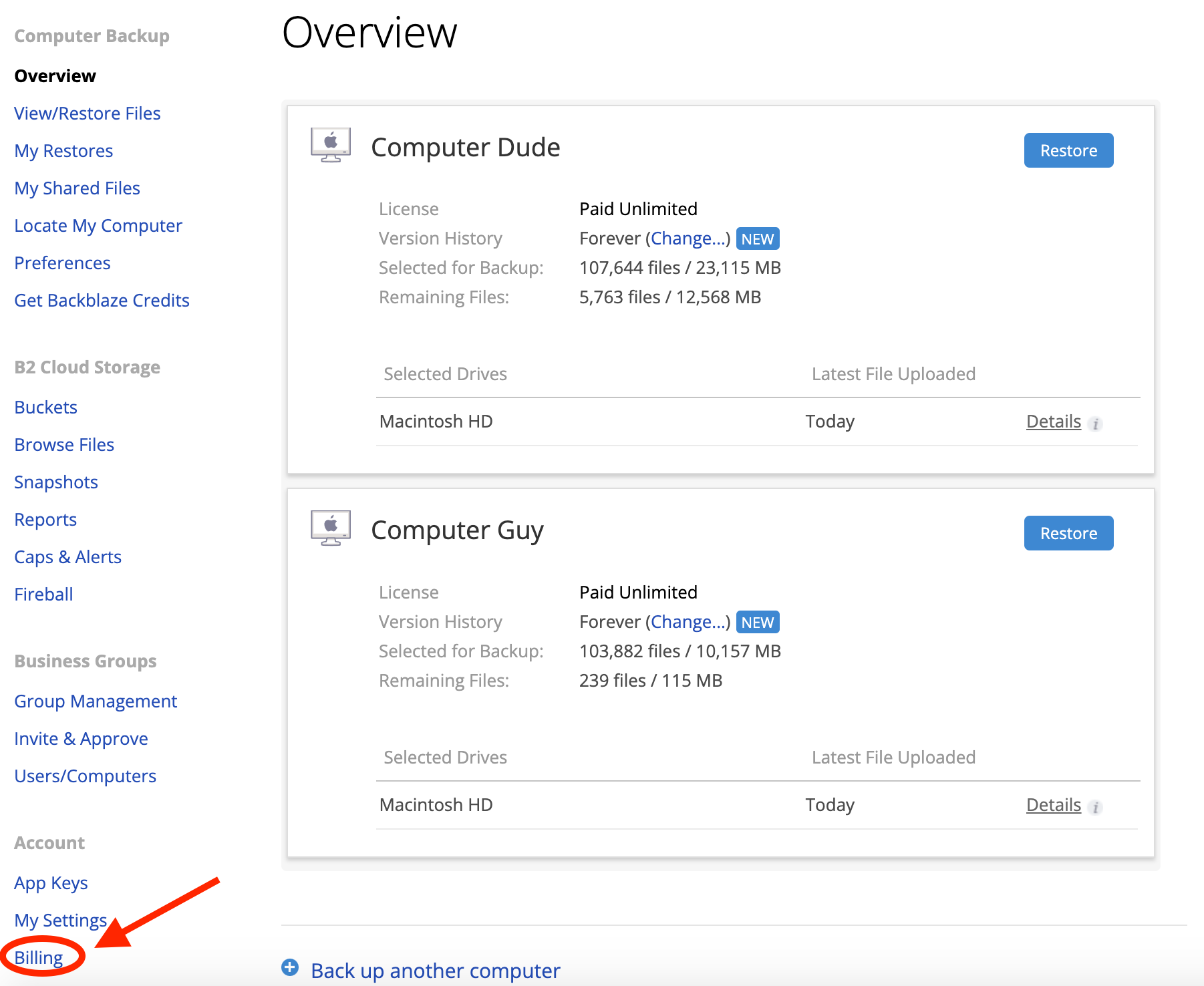

restic -r rclone:Austin-B2:Backup/timemachine init Excluding unnecessary files So the following command will place the Restic backup repo on B2 under the Backup bucket in a folder called timemachine. With B2 the first folder is the bucket name. You can store the backup repo anywhere you’d like, just make sure it’s an empty folder. export RESTIC_PASSWORD=MY_RANDOM_KEY_HERE_PLEASE_CHANGE_ME Be sure to close your terminal and relaunch. If you’re running default bash then you’ll add it to ~/.bashrc. I’m using ZSH so I’ve added the following at the end of my ~/.zshrc file. We can add the following to our bash startup file. Seeing as we’ll be storing data on a cloud provider, it’s good to know everything will be private. This is a required step in order to use Restic. The first step is to generate a Restic password which will be used to encrypt the data in the backup repo. There are some one-time commands necessary to start a Restic backup repo. I’ve named my new Rclone backend Austin-B2 as shown here. Rclone requires you to name the backend which you’ll need when setting up Restic. At this point, you’ll need to plug in credentials from your B2 bucket or whichever cloud provider you’re using. This can be done by running rclone config and walking through the sequence of questions. So let’s make sure Rclone is installed and up to date. I store my backup on a B2 Bucket via Rclone. That means you can store your Restic backup pretty much anywhere you’d like. Restic natively supports a bunch of storage backends however they also support any Rclone backend. If all goes well you should be running the latest version. The first step is to install and update Restic to the latest version. Even though I’ll be explaining how this is accomplished on Linux, specifically Pop!_OS, it should be possible to do on any platform. Restic is a cross-platform backup application written in Go. If you are curious about how that works check out this article. While this will be a guide for personal use, many of the ideas here are what power the website backups for Anchor Hosting customers. It’s a very efficient and elegant backup solution. After trying out various backup solutions I settled on using a command-line solution restic with a B2 bucket. I previously relied on Backblaze, which is an awesome application that provides real-time backups, Unfortunately Linux isn’t supported. When I switched my daily driver to Linux, one missing piece was how to handle local backups.


 0 kommentar(er)
0 kommentar(er)
